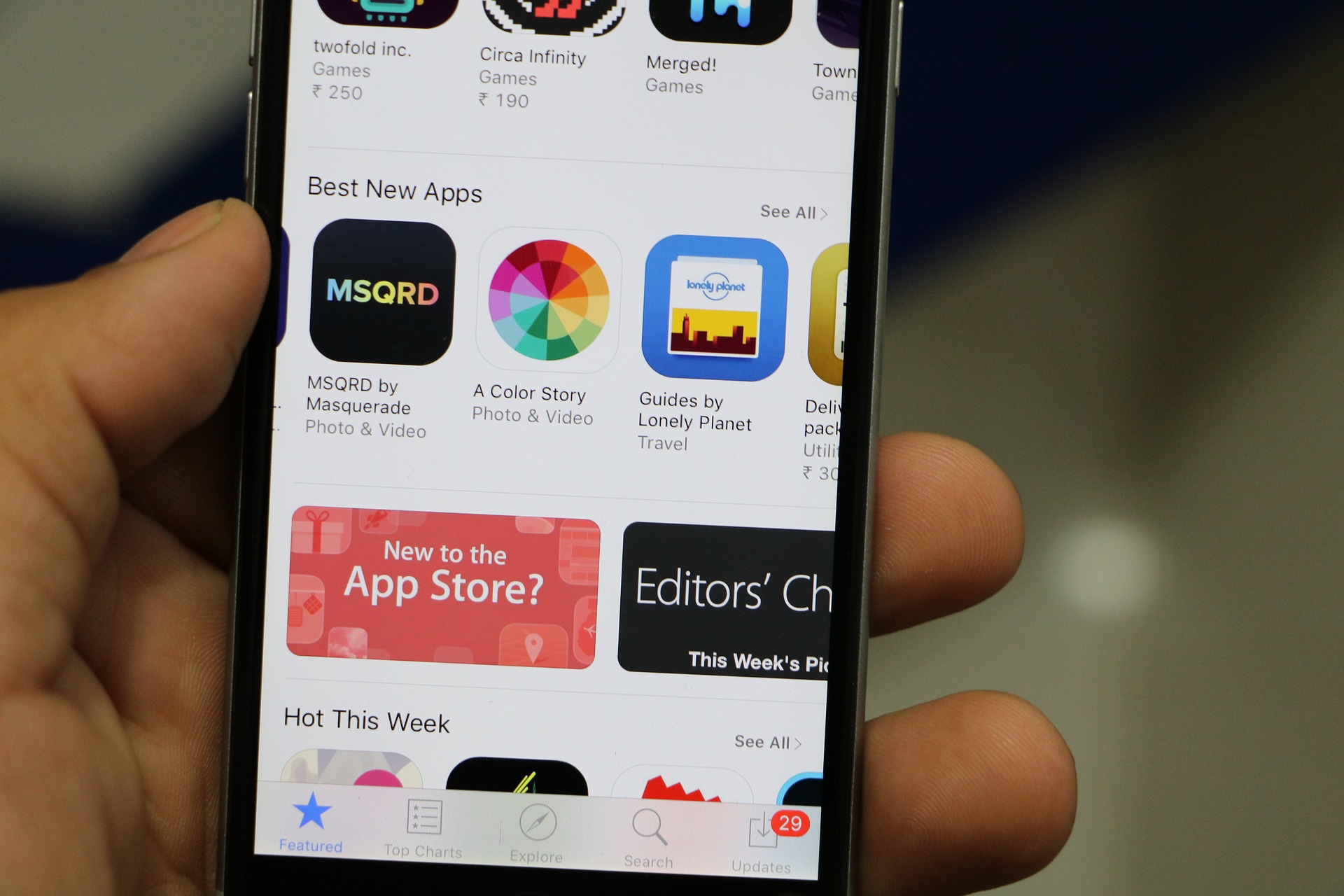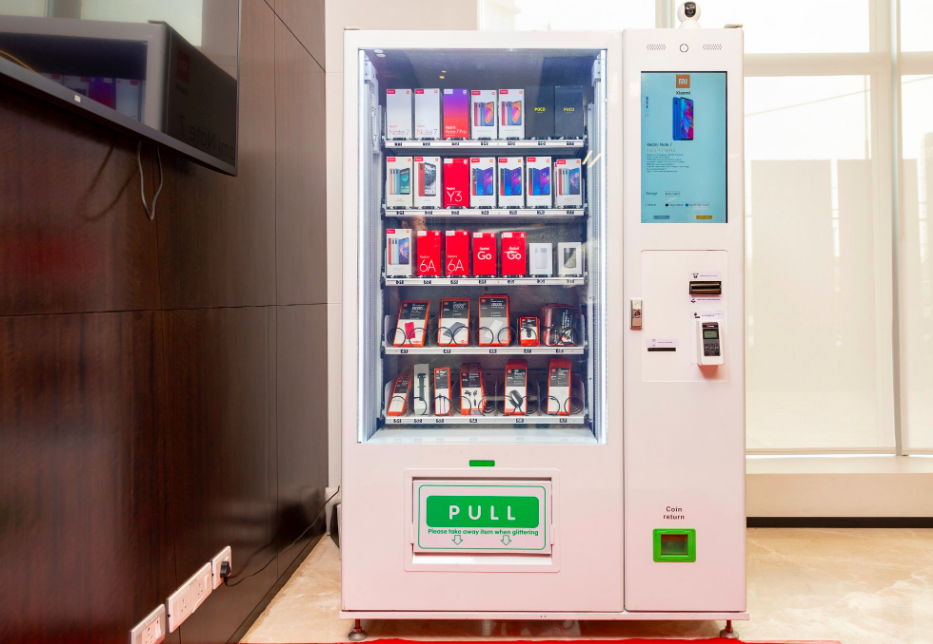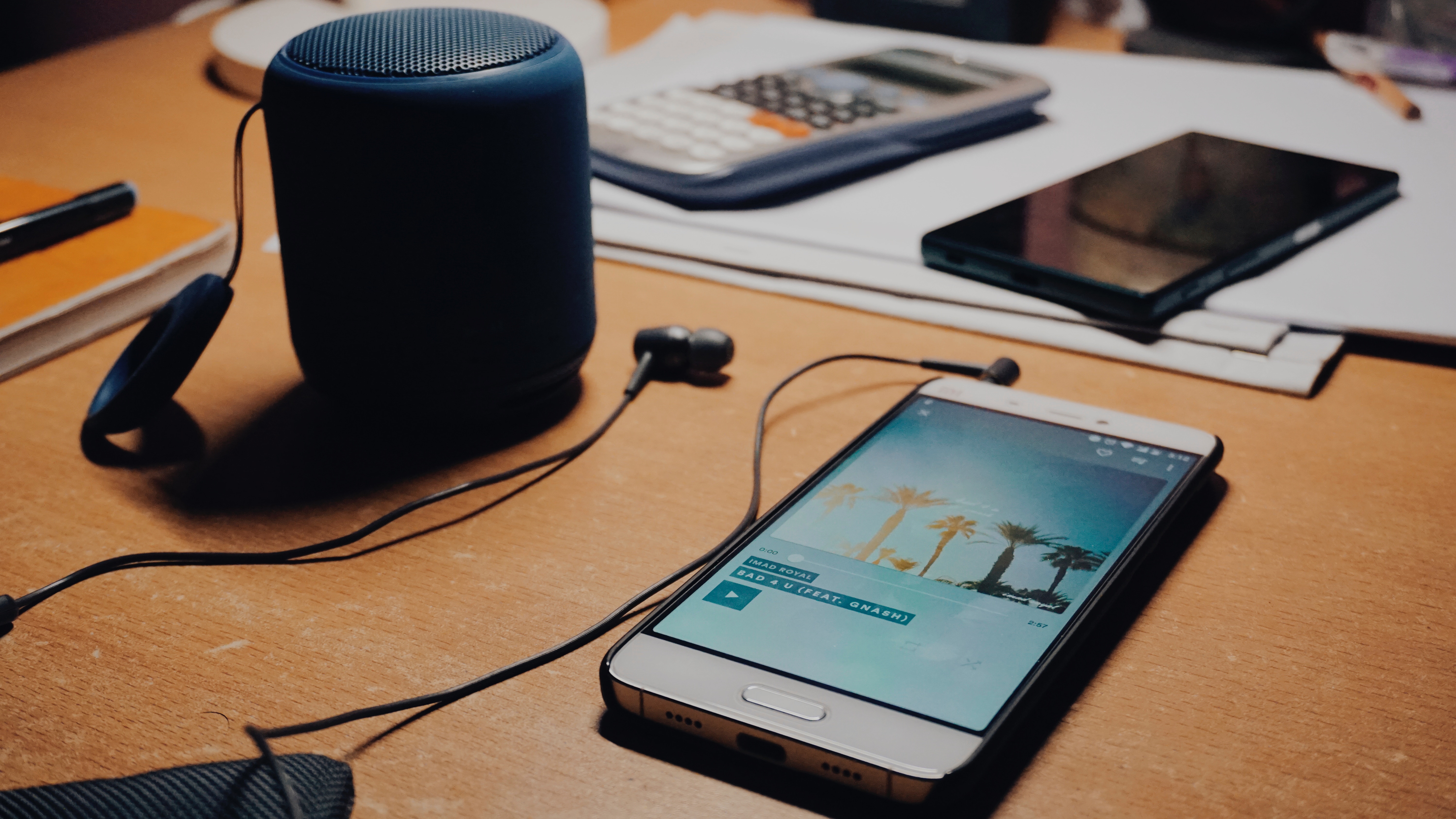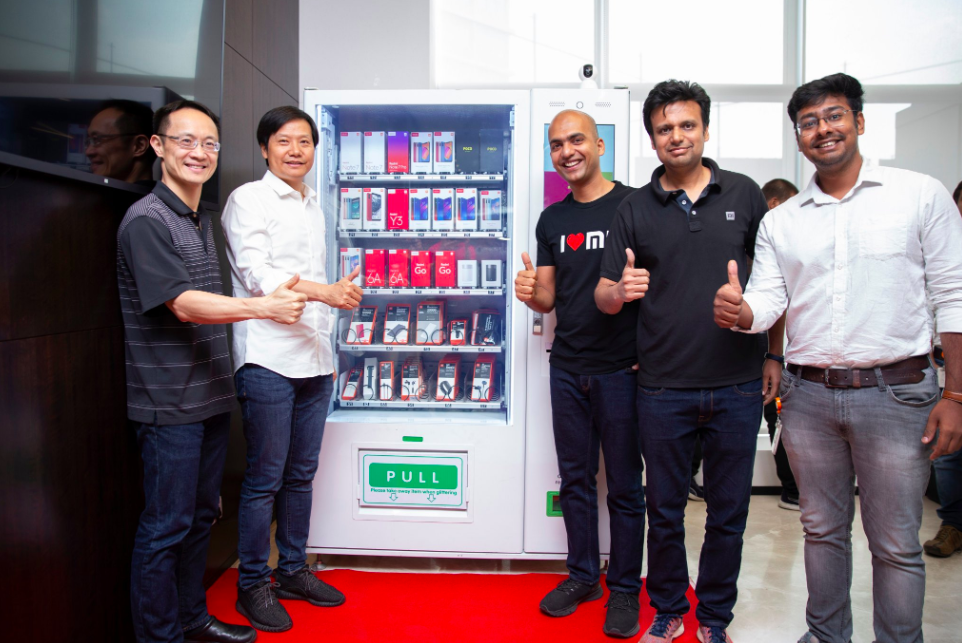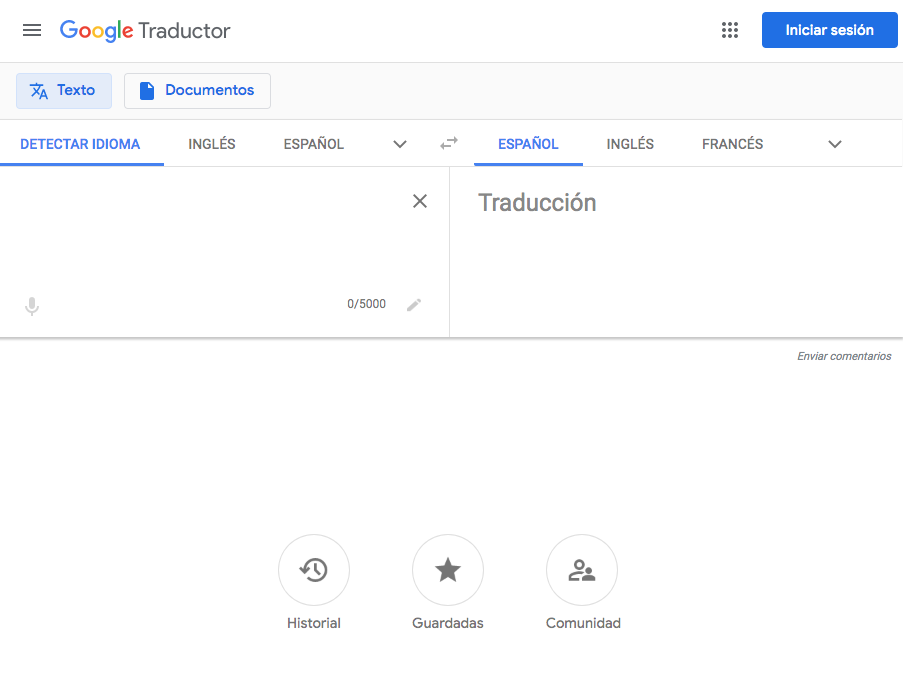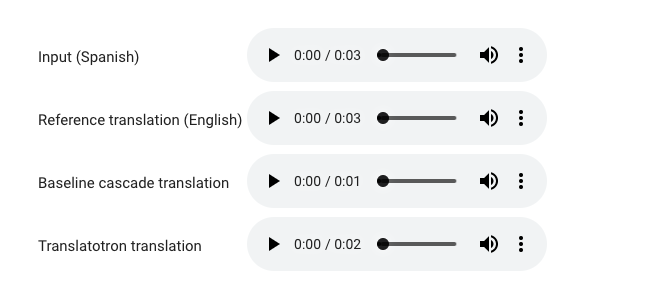Do you ever dream about living in exotic places and visiting the most remote areas of the earth? Do you wish to travel but you just feel like you’re stuck to your home? Your time has come with the new “Ecocapsule”.
A self-sufficient capsule
A solar capsule is Nice Architects’ newest invention. They have described it as a “self-sustainable microhome”. In other words, it is a tiny, movable home that works with solar energy. The product is self-sufficient, practical and functional.
The capsule has various uses
On their webpage, they claim the capsule has many different uses: it can serve as a cottage, a caravan, a mobile office, and even as a pop-up hotel. What’s interesting about it, as its name implies, is that it’s an opportunity for an eco lifestyle. It can obtain both solar and water resources from its environment, allowing it to be placed anywhere.
It provides independence
This innovative home allows you to live completely disconnected from the “real world”, meaning it can be placed literally anywhere. But if you’re not one to live in the loneliness of nature, the invention can still be suitable for you. The capsule has been specifically designed for two people, but of course, you could also live there on your own.
A two-people place
Although the inside of the capsule is very compact and consists of just 21 squared meters, it feels very spacious when standing inside. It includes every single thing two people might need, from a bathroom (which includes a shower), to a small kitchen, and even an unfoldable sofa. And although we mentioned you don’t have to live connected to the rest of the world, the capsule does have electric connections.
It’s app-controlled
What’s perhaps most mind-blowing is that you control the capsule through an app installed in your smartphone. The tiny home is made out of glass fibers and has solar panels on the roof. To “feed” the capsule, it has a battery of 10kWh, which can last up to 4 days.
The Ecocapsule has a protective barrier made from aluminium, as well as 4 wheels for transportation. It has, in addition, two hooks on the top in case of other types of transportation like a helicopter or a crane.
Ecocapsules are now available
Ecocapsules are now available for a price of 79.000€, but there are just 50 available for now. However, a second edition will be coming out, which will have a more affordable price as it will be mass-produced, for which you can now pre-order. You can even place bulk orders, for which you will receive a custom made prices.
Photos: Ecocapsule











